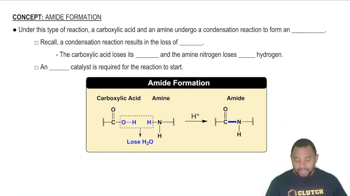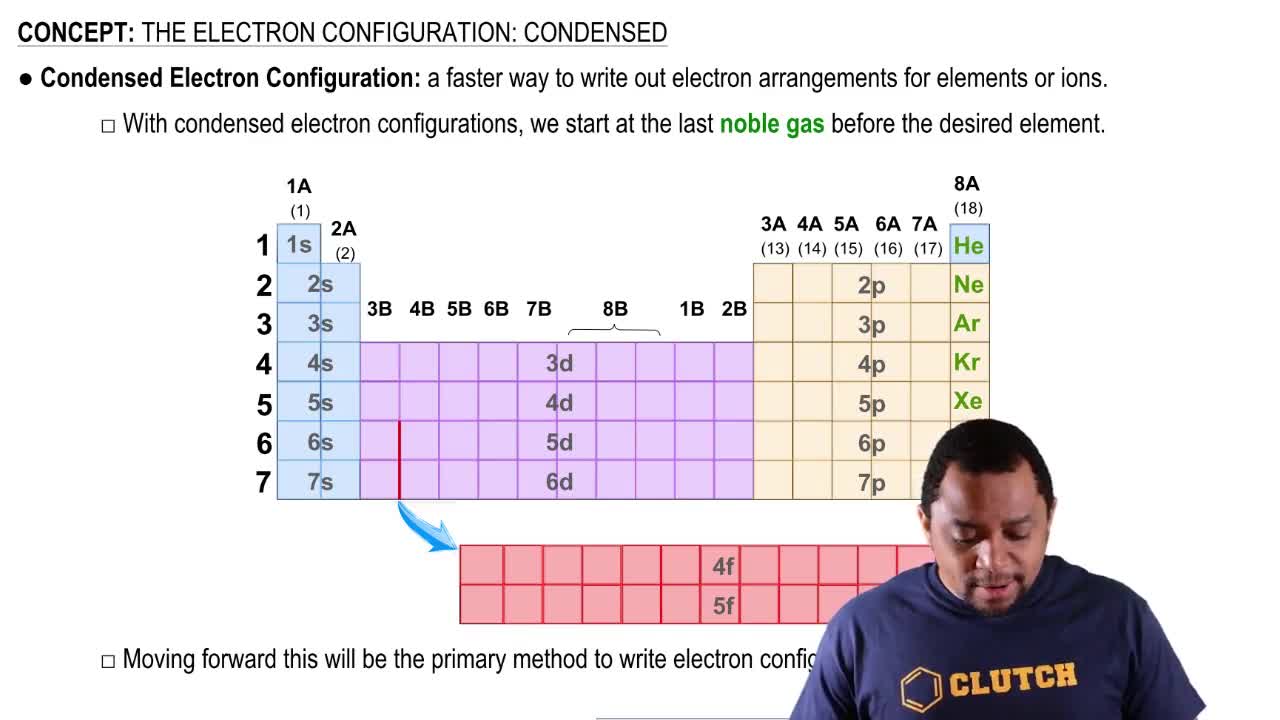Here are the essential concepts you must grasp in order to answer the question correctly.
Ion Formation
Ion formation occurs when atoms gain or lose electrons to achieve a stable electron configuration, typically resembling that of the nearest noble gas. This process results in the creation of charged particles known as ions, which can be either cations (positively charged) or anions (negatively charged). Understanding how and why elements form ions is crucial for predicting their chemical behavior.
Recommended video:
Amide Formation Concept 1
Group 1 Elements
Rubidium (Rb) is a member of the alkali metals, which are found in Group 1 of the periodic table. These elements have one electron in their outermost shell, making them highly reactive and prone to losing that single electron to form cations with a +1 charge. Recognizing the properties of Group 1 elements helps in predicting the number of electrons they lose when forming ions.
Recommended video:
Periodic Table: Main Group Element Charges Concept 2
Electron Configuration
Electron configuration describes the distribution of electrons in an atom's orbitals. For rubidium, the electron configuration is [Kr] 5s¹, indicating it has one electron in its outermost shell. When rubidium forms an ion, it loses this single valence electron, resulting in a stable electron configuration similar to that of krypton, which is essential for understanding its ionic behavior.
Recommended video:
The Electron Configuration: Condensed
 Verified step by step guidance
Verified step by step guidance Verified video answer for a similar problem:
Verified video answer for a similar problem:



 2:50m
2:50m